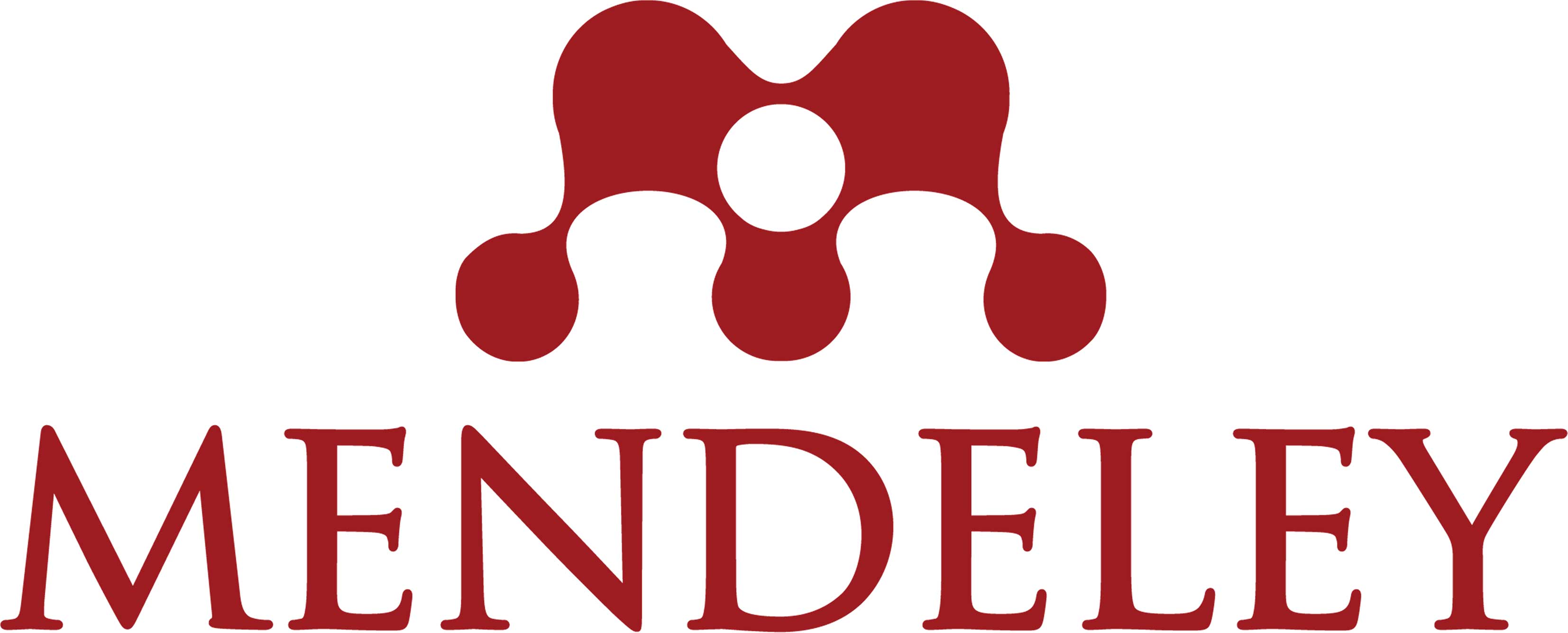KONSELING KELOMPOK TEKNIK BEHAVIOR CONTRACT MENGURANGI GEJALA-GEJALA KECANDUAN SMARTPHONE
Abstract
The purpose of this study was to determine the effectiveness of the behavior contract technique group counseling to reduce the symptoms of smartphone addiction. This type of research is an experimental study with a one group pretest-posttest design. The sampling technique was purposive sampling. The data collection instrument used was the smartphone addiction scale. Validity was tested with the Product moment formula and with a reliability coefficient of 0.936. The data analysis technique used percentage descriptive analysis and Wilcoxon test analysis. Based on the results of the Wilcoxon test (Z = -2.366, p <0.05), it showed that there was a significant decrease in the symptoms of student smartphone addiction after being given treatment, the average decrease was 18.18%. This shows that the behavior contract technique group counseling is proven to be effective in reducing the symptoms of smartphone addiction in students. Furthermore, school counselors can apply and develop group counseling with the behavior contract technique as an alternative strategy to reduce the symptoms of student smartphone addiction.
References
Astriana, Abdul Munir & Ridwan Syahran. 2016. Efektivitas Layanan Konseling kelompok Teknik Behavior Contract dalam Mengurangi penyalahgunaan Smartphone siswa kelas XI Jurusan Administrasi perkantoran (AP) SMK Negeri 2 Palu. Jurnal konseling & Psikoedukasi. Vol. 1. No. 2. 15-29.
Alwilsol. 2007. Psikologi Kepribadian. Malang: Universitas Muhammadiyah Malang Press.
Concetta de Pasquale, Federica.S, & Zira Hichy. 2015. Smartphone Addiction and Dissociative Experience: An invertigation in Italian adolescents aged between 14 and 19 years. Psychology & Behavior Analysis. Vol.1 No 2. 109.
Corey, Gerald. 2005. Teori dan Praktik Konseling dan Psikoterapi. Bandung: PT. Refika Aditama.
Dewi, Ovilla Priska dan Titin Indah Pratiwi. 2016. Penerapan Konseling Kelompok dengan Teknik Behavior Contract untuk Mengurangi Perilaku membolos pada siswa di SMK Kamang 2 Surabaya. Jurnal BK UNESA. 6(3).
Erford, B. T. 2016. 40 Teknik yang Harus diketahui Setiap Konselor (Edisi Kedua) Terjemahan oleh Helly Prajitno Soetjipto & Sri Mulyantini Soetjipto. Yogyakarta: Pustaka Pelajar.
Iskandar, I. 2011. Motif Mahasiswa untuk Menggunakan Ponsel Pintar di Surabaya. Surabaya: Universitas Pembangunan Nasional “Veteran” Surabaya.
Jeewon, Lee, dkk. 2016. Psychological Factors Associated With Smartphone Addiction in South Korean Adolescents. Journal of Early Adolescence, 1-15.
Kurniawan, A. & Cahyati, I.Y. 2013. Hubungan antara Academic Stress dengan Smartphone Addiction pada Mahasiswa Pengguna Smartphone. Jurnal Psikologi dan Kesehatan Mental.2(1).
Kwon, M., Kim, D.-J., Cho, H., & Yang, S. 2013. The smartphone addiction scale: Development and validation of a short version for adolescents. PloS ONE, 8(12), e83558.
Masruri. 2011. Negative Learning. Solo: Era Adicipta.
Park, N., & Lee, H. 2014. Nature Of Youth Smartphone Addiction In Korea. Media Information Resarch. 51(1). 100-132
Prasetiawan, Hardi. 2016. Upaya Mereduksi Games Online Melalui Konseling kelompok. Jurnal Fokus Konseling. Vol 2. No.2. 116-125.
Rusmana, Nandang. 2009. Bimbingan dan Konseling Kelompok di Sekolah. (Metode, Teknik dan Aplikasi). Bandung: Press.
Sparks, Glenn, G. 2013. Media Effects research, A Basic Overview, 4th edt. USA: Wadsworth. Diakses melalui laman https://www.cjc-online.ca/index.php/journal/article/download/2949/260.
Wahyuni, Novan Ardy. 2013. Save Our Chilrdern From School Bullying. Jogyakarta : Ar-Ruzz.
Wibowo, Mungin Eddy. 2005. Konseling Kelompok Perkembangan. Semarang: Unnes Press.
Copyright (c) 2020 Tera Pertiwi Atiqoh

This work is licensed under a Creative Commons Attribution-ShareAlike 4.0 International License.
Authors who publish with this journal agree to the following terms:
1) Authors retain copyright and grant the journal right of first publication with the work simultaneously licensed under a Creative Commons Attribution License that allows others to share the work with an acknowledgment of the work's authorship and initial publication in this journal.
2) Authors are able to enter into separate, additional contractual arrangements for the non-exclusive distribution of the journal's published version of the work (e.g., post it to an institutional repository or publish it in a book), with an acknowledgment of its initial publication in this journal.
3) Authors are permitted and encouraged to post their work online (e.g., in institutional repositories or on their website) prior to and during the submission process, as it can lead to productive exchanges, as well as earlier and greater citation of published work.





